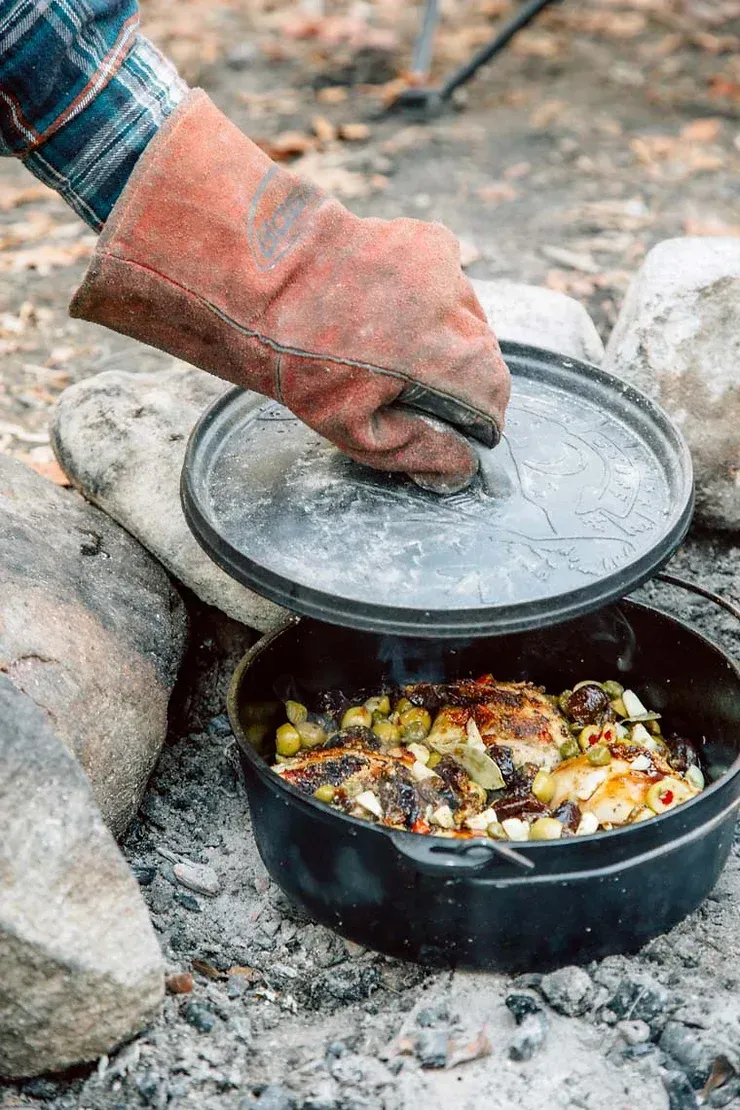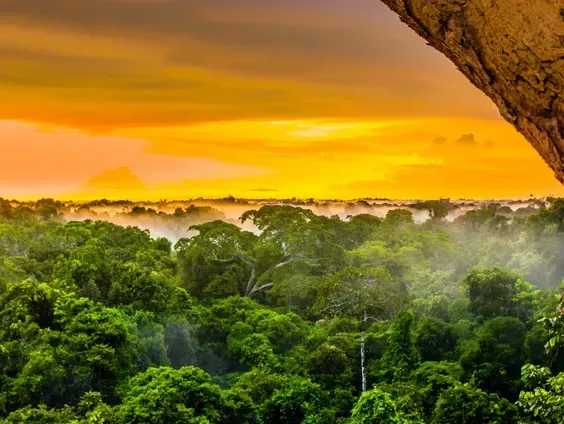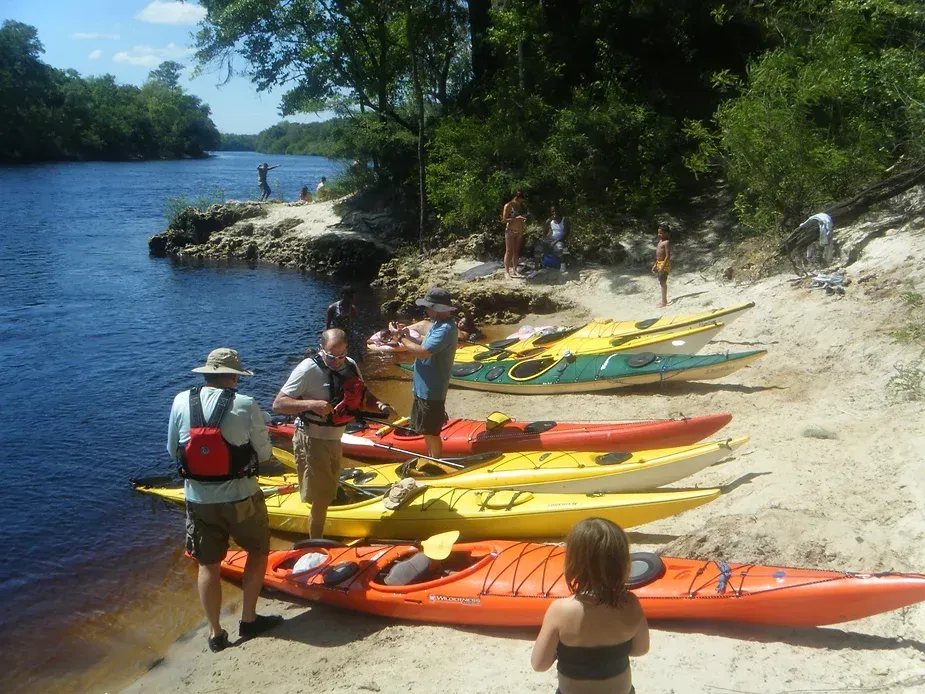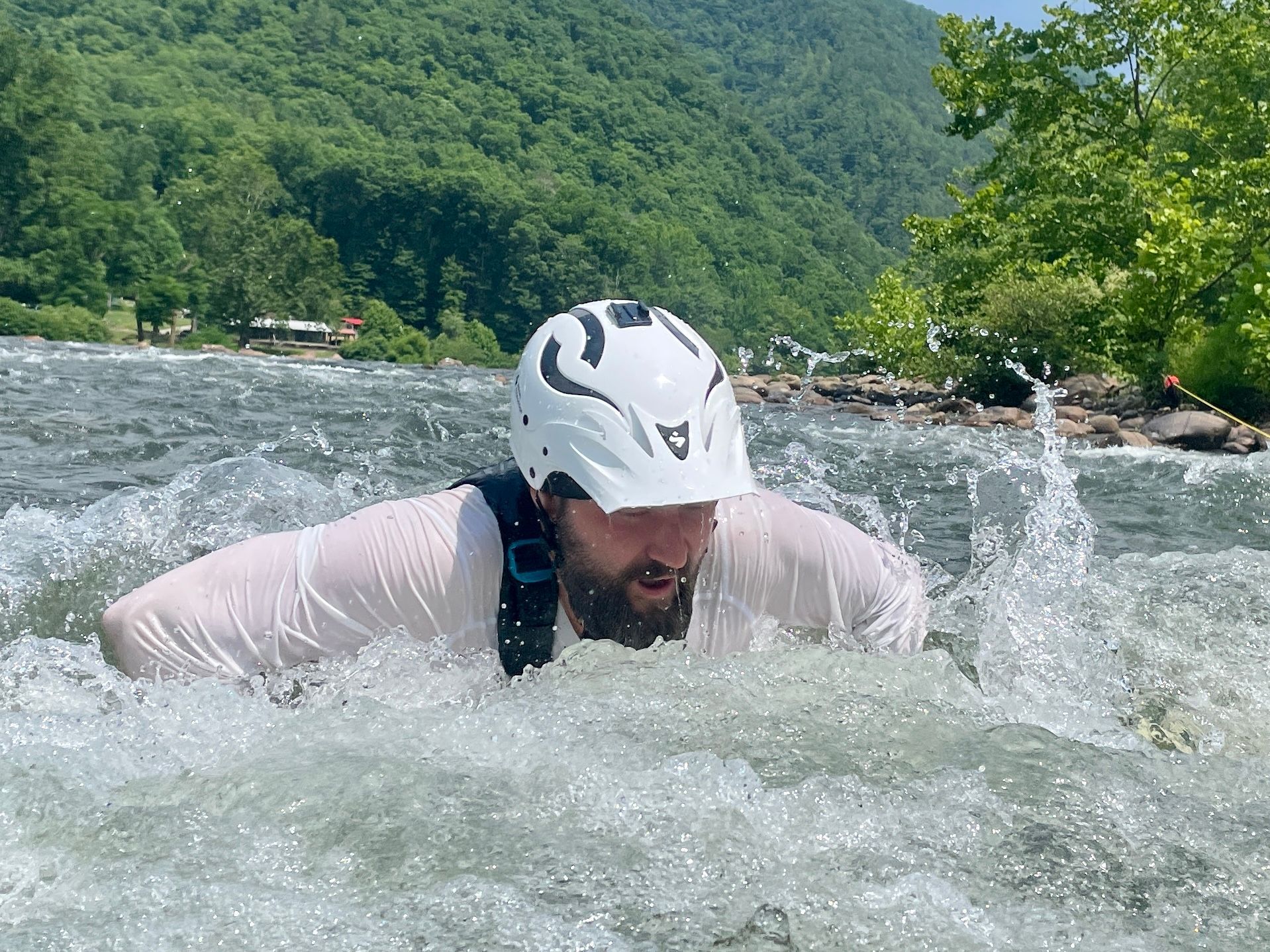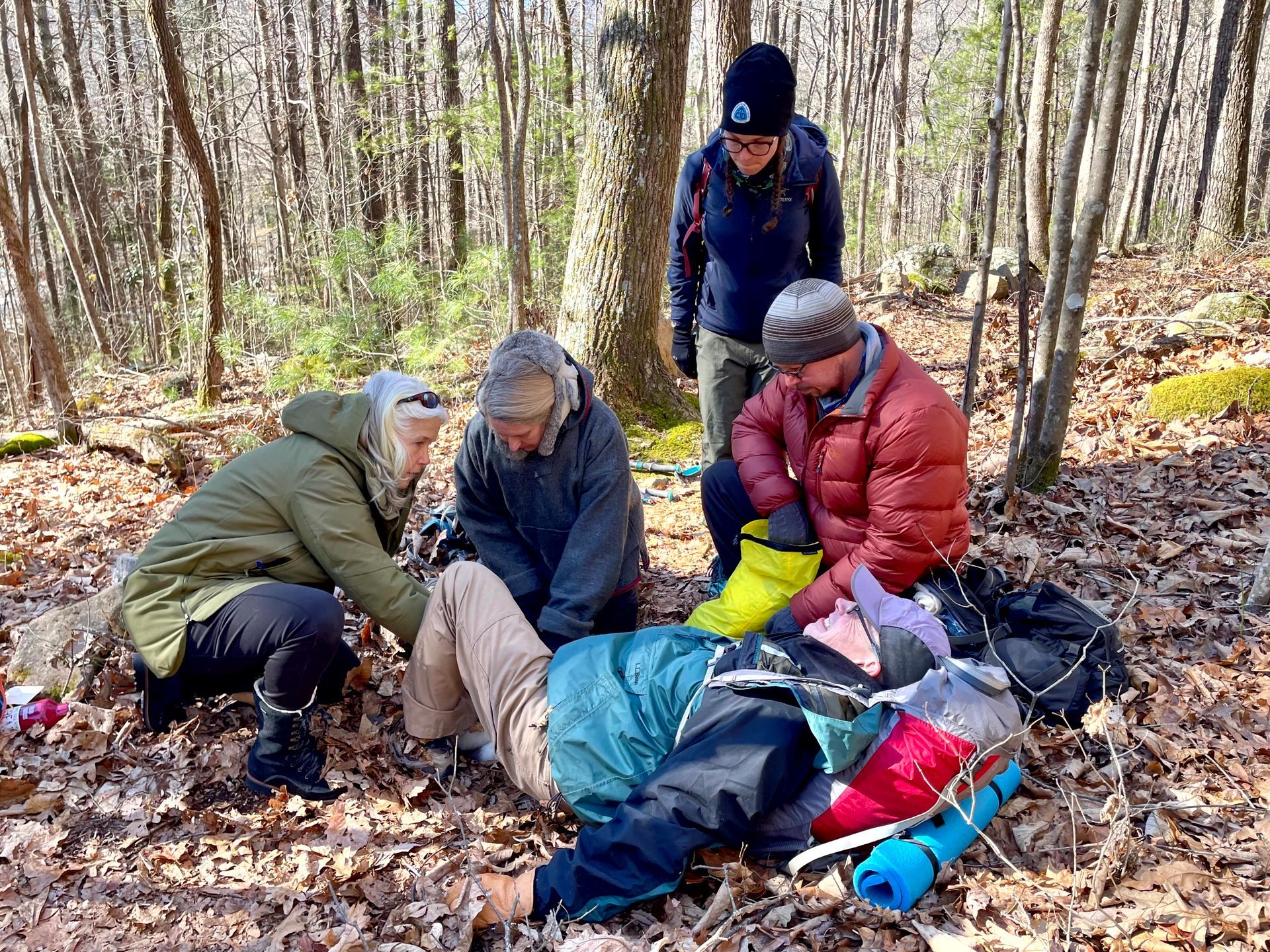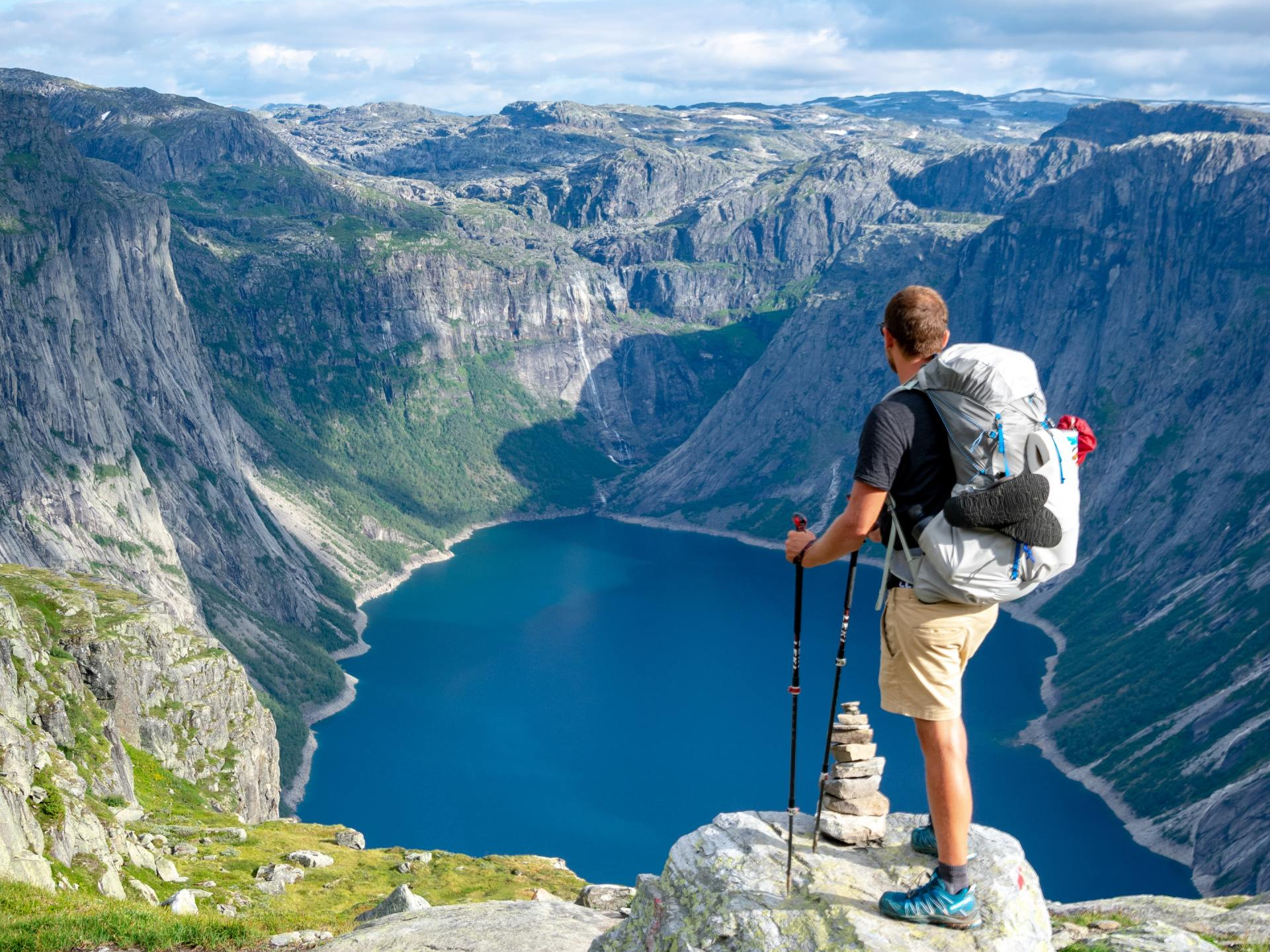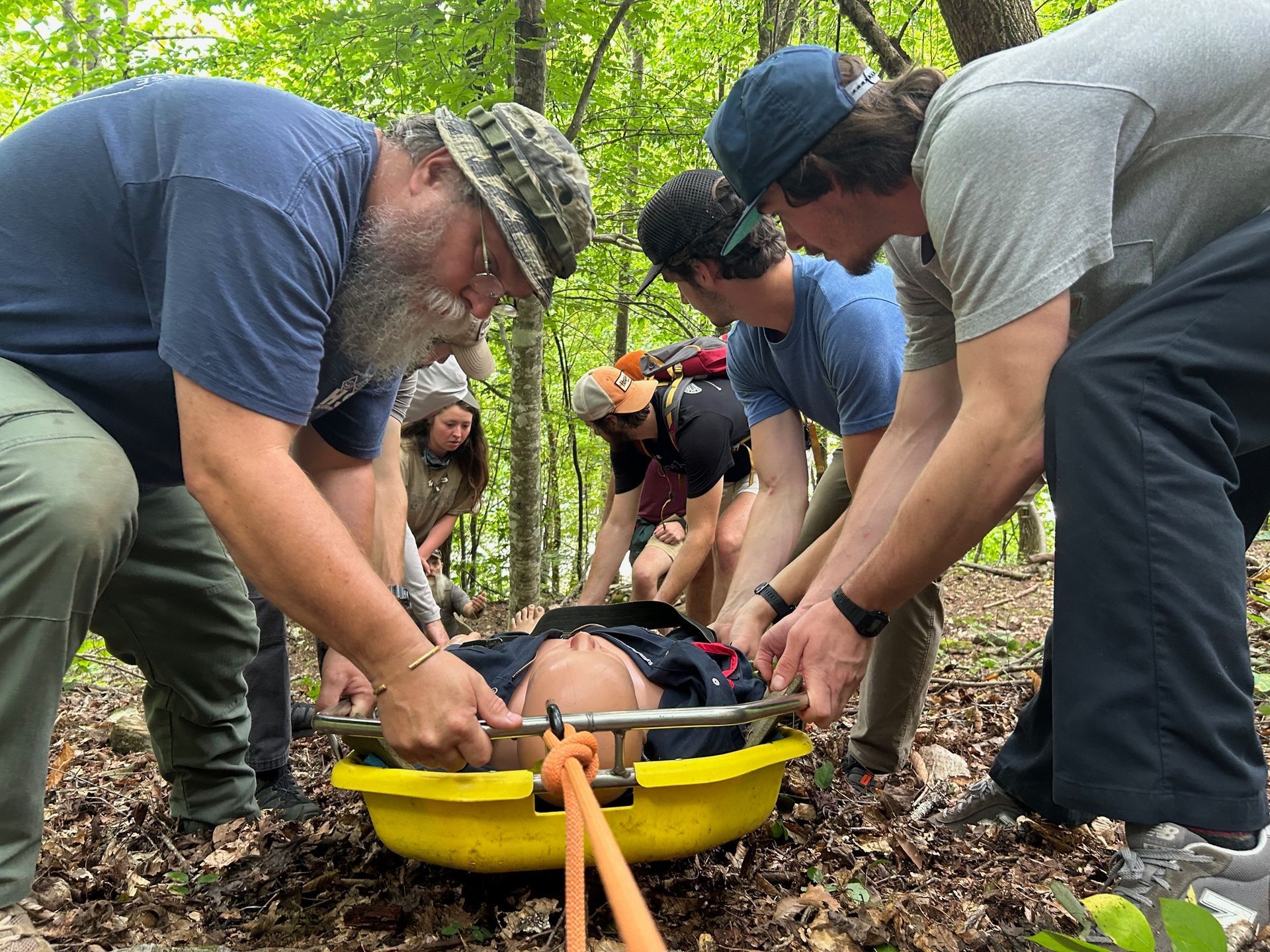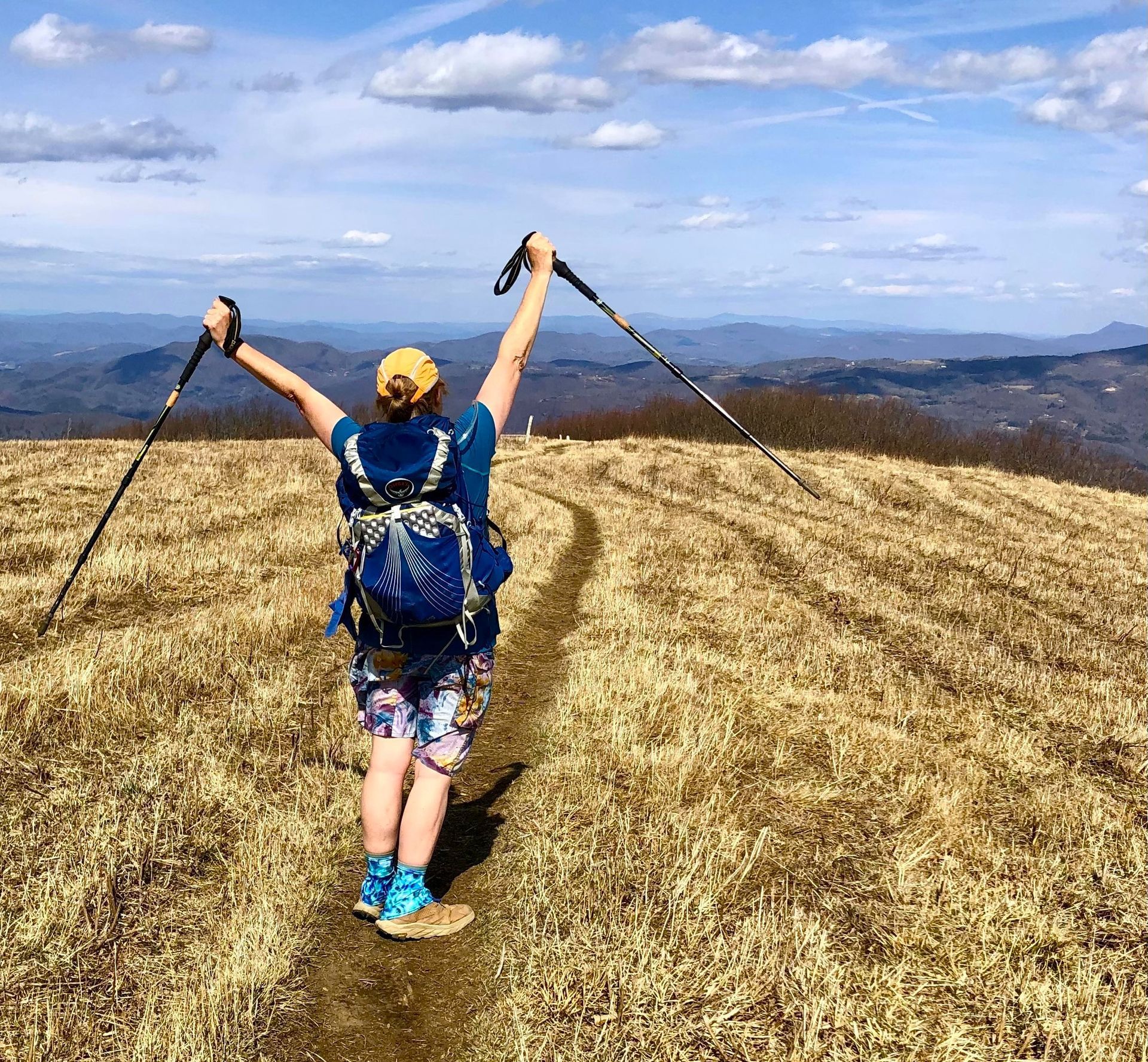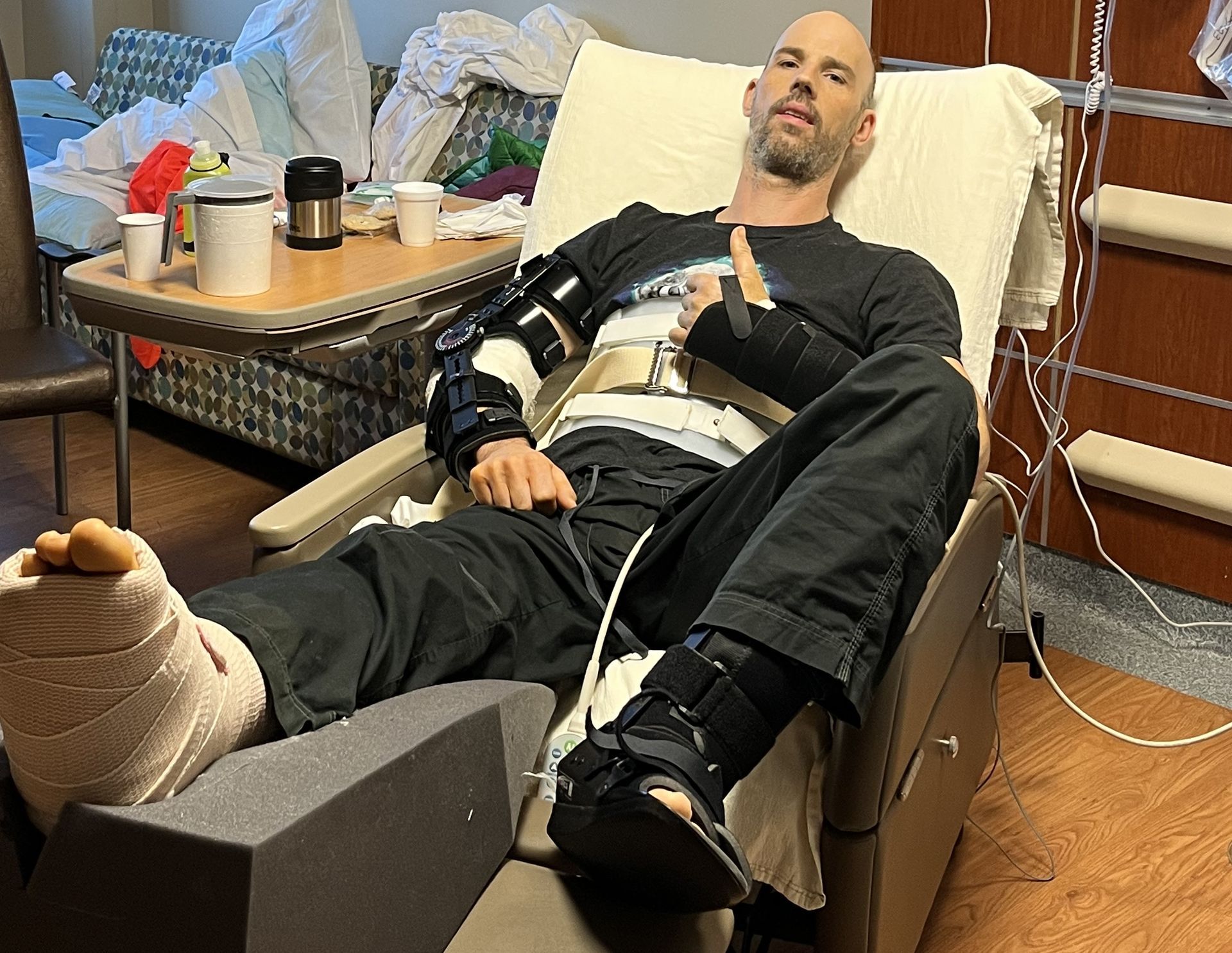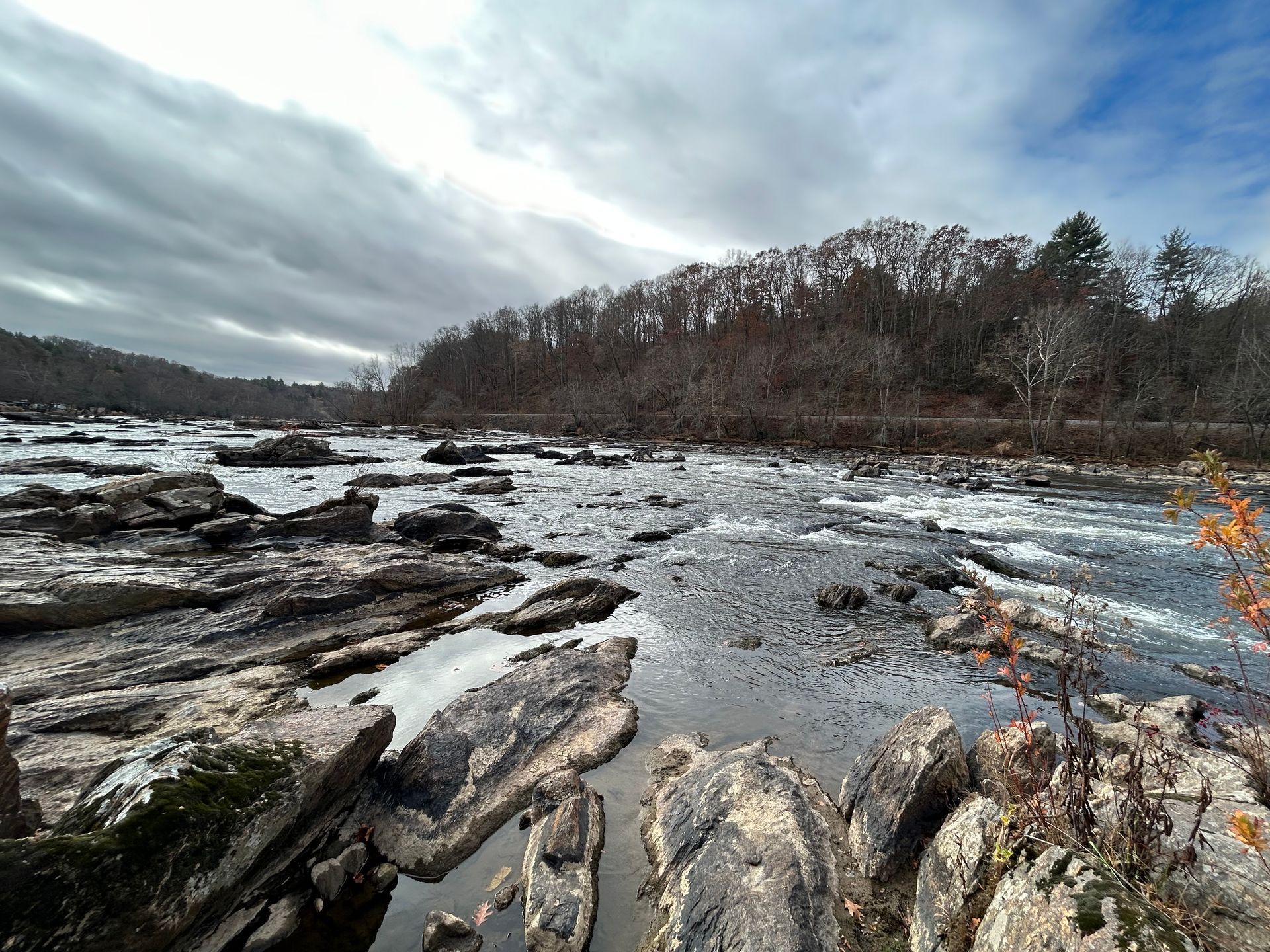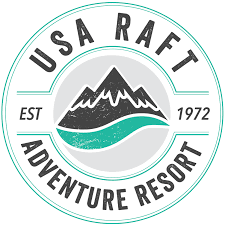No Way to Call for Help and You're On Your Own!
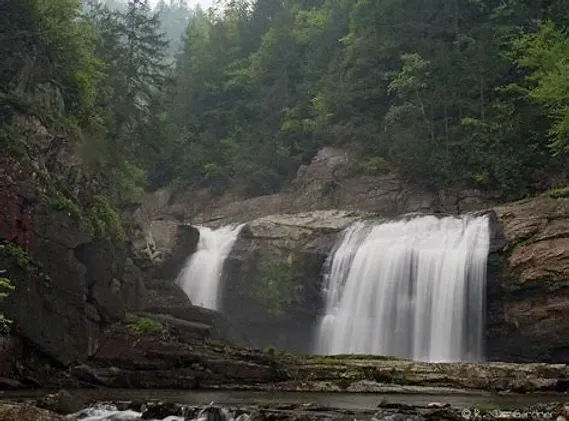
Twisting Falls Gorge, Elk River, NC
It was a cool autumn day in 2017. My wife, Becca, and I were headed out for a hike into the Twisting Falls Gorge of the Elk River. We often take short day hikes alone. Both of us grew up in the mountains of North Carolina so we had never thought much about it. On this particular day, however, I had decided to ask my friend along to enjoy the hike as well as provide additional support in case something went wrong. My wife wasn’t all that happy with the idea of having someone else along on our “Alone Time” together, but I informed her that given the remoteness of the trail as well as the difficulty, it would be wise to have someone else along. I guess all my years in the emergency service taught me to be overly cautious when it comes to matters of safety. The day started out with a beautiful drive up by Watauga Lake and finally into the Poga community. We made our way around a winding two lane road up to the top of the mountain before finally coming to a dead end in the trailhead parking lot.
As we prepared for the hike we loaded up with the minimal gear we thought we would need which included a bottle of water and the clothes on our back (we were experienced hikers and thought we had no need for anything else). As we started making our way down the trail we could hear the distant sound of the falls echoing through the gorge. The smell of the autumn leaves was in the air and the temperature was a comfortable, sunny 68 degrees. No doubt it was a perfect day to be outdoors. We had hiked about 3/4 of a mile when we came to the steep part of the trail that descended down to the falls. We all agreed that we needed to be careful due to the extreme slope of the mountain. As we started our decent, 40 yards down the slope I heard a rustling noise behind me as my wife slipped and fell to the ground. She started laughing at herself as she picked herself back up and dusted off. I advised her to be careful and we continued on. We had worked our way down the trail about 150 yards, getting steeper with every step. I saw the trail drop almost vertical and around that area I stopped to view the next set of obstacles in our path.
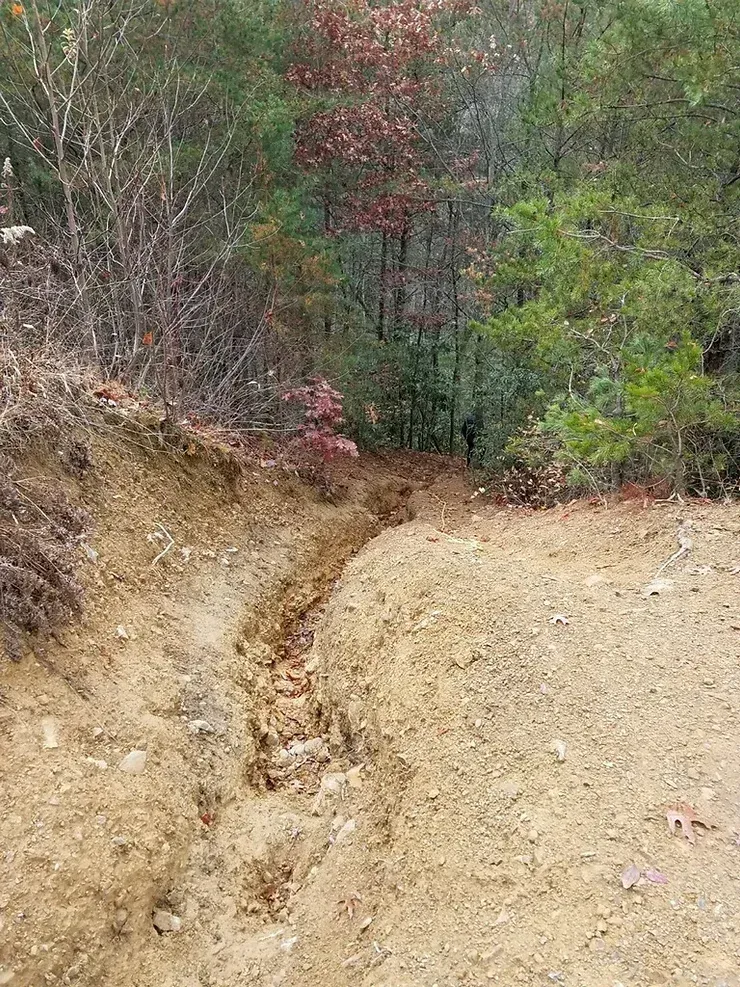
Steep trail into the gorge
I stood there looking down the hill as my wife made her way down behind me. I heard the same rustling sound as before followed by what sounded to me like a stick breaking. Once again, I turned to see my wife sliding down the hill and once again, she started laughing at herself, only this time the laughing suddenly stopped and was followed by a look of sheer terror. I knew that she was in some pain by the way she was acting, but I was thinking she had a sprain at this point. My friend and I helped to get her to the side of the trail where she would be a little more comfortable and we could check her out easier. It was here that she looked at me with a seriousness that I had only seen once before when she had told me she was in labor with our first child. As she gave me this look, she told me in a quiet but stern tone that her leg was broken, no doubt about it. She had broken bones before, so she knew the feeling. It turns out the stick I heard break was actually her leg.
As a fifteen-year veteran of the fire service, twelve of which I have spent as a professional firefighter, I have witnessed multiple traumas in many varying scenarios. But none of them had affected me like this. I started to shake a little and my wife realized that I was more than a little uncomfortable. Believe it or not she looked at me and told me to calm down and that I knew what to do. I guess that’s all I needed because I went straight into full rescue mode. All of my training I had been through over the past 15 years was trying to find a path to logical action. I was going through my mental checklist on everything I needed: splints, ropes, basket stretcher, and ….. “Oh my goodness, I’m in a remote gorge with a bottle of water to work with!” This was going to be a completely different way of thinking than I was used to.
I began to switch my thinking from traditional first aid to wilderness first aid and I quickly realized that I was going to need more than just a bottle of water to get her out. My first instinct was to call 911 for help from the professional rescue team. So I pulled out my phone and as I looked at the nonexistent bars of service, I realized that calling for help was not an option. Its up to us now! I looked up the mountain behind us at the steep slope knowing it was our only way out. I turned to my friend and told him that one of us had to run back to the car to see if we could find anything to help us out. He agreed and volunteered to go. Luckily he was in great shape because he had been training to test for the police department later that month. While he was gone I made my wife as comfortable as possible and began looking for some sturdy sticks to make a splint.
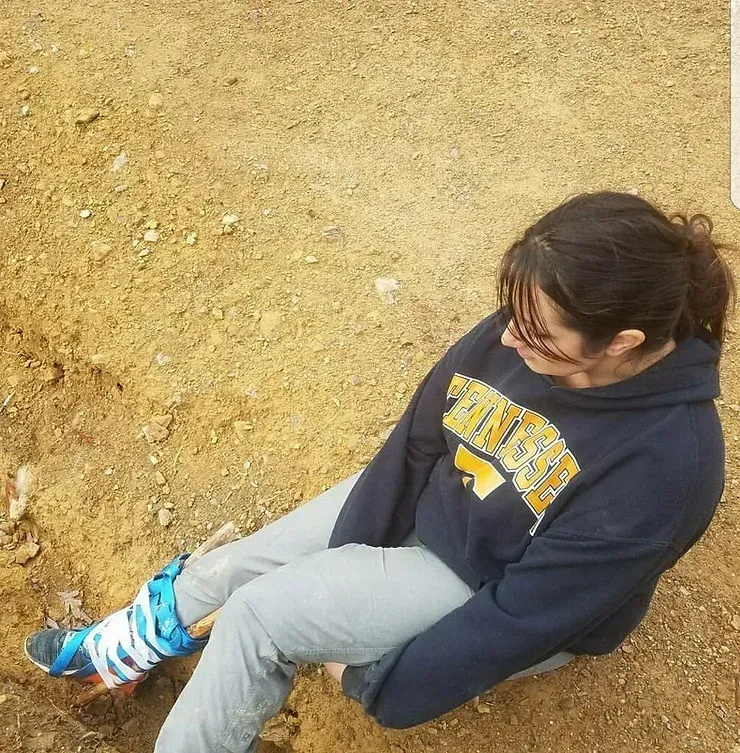
The author's wife after being splinted
I had calmed myself down and was thinking much clearer at this point. I remembered that I had a rope and some webbing in the car as well as a first aid kit which contained various useful items. I didn’t, however, mention these things to my friend and I was frustrated with myself for not telling him before he left. About the same time that I was going through this in my mind I heard him toss the rope bag down the slope and scrambled down carrying all the items I just listed. He looked at me and smiled and said “I guess I did learn something from your wilderness first aid class" (he had been my test student when I was learning the curriculum and I had forgotten all about it). He had also taken a swiftwater rescue class with our paddling club that summer, which gave him the knowledge to set up the rope system. We took some of the webbing and the two sturdy sticks I had found and fashioned a picture-perfect splint. After we were confident with our work we began our plans to evacuate my wife
The evacuation out was slow and strenuous for all three of us. Stopping every few feet to rest or reposition, inch by inch we worked our way up the steep trail and up to the parking area. It had taken us about 30 minutes to hike down the trail and by the time we made it back to the trailhead it had taken almost 2 hours to get my wife out. Once we were safe back at the car, we made our way to the hospital where we found out that she had broken her tibia and fibula. The doctors and nurses were all so impressed with the splint that they had to take pictures. After a lengthy surgery and about 5 months of rest and rehab, I'm happy to report that she is doing well. She also admitted how glad she was that I had invited my friend.
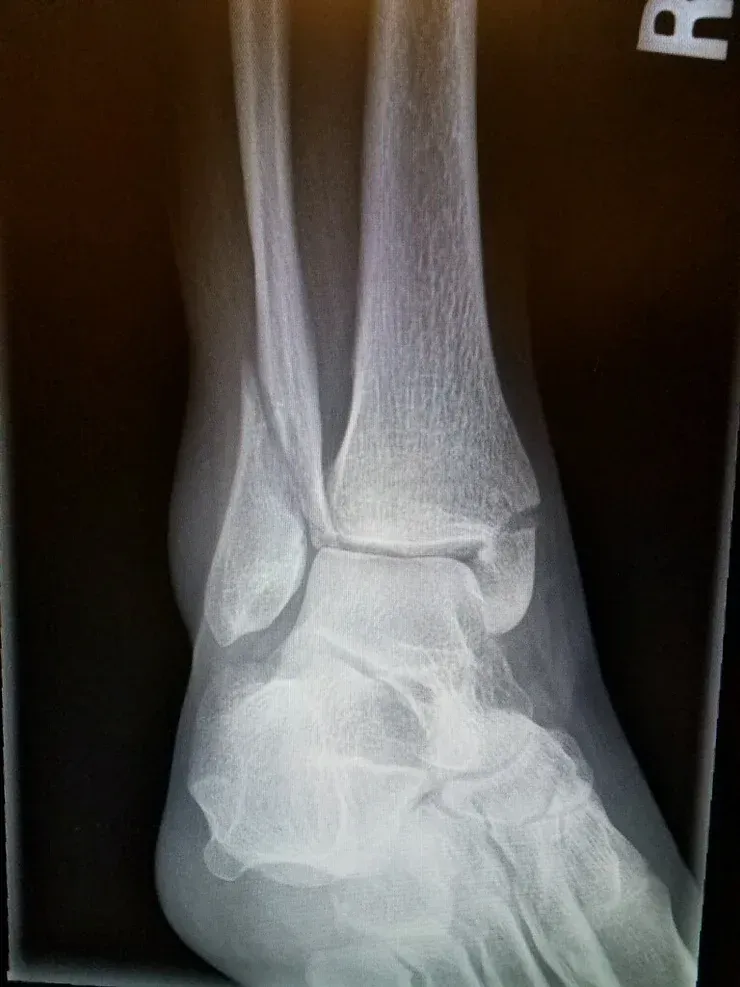
X-ray of Becca's broken leg
The lesson with this story is this. When you spend time in the outdoors hiking, kayaking, mountain biking, or any other activity, it is your responsibility to be able to help the people you are with. Just because you have done it a hundred times safely, it doesn’t mean that the next time you won't have a true emergency situation. If I hadn’t had wilderness medicine training, I’m not sure I would have known what to do. Never adventure alone, take a wilderness first aid class, be prepared for the unexpected and be able to adapt and improvise to get your friends and family the help they need. Thanks for reading.
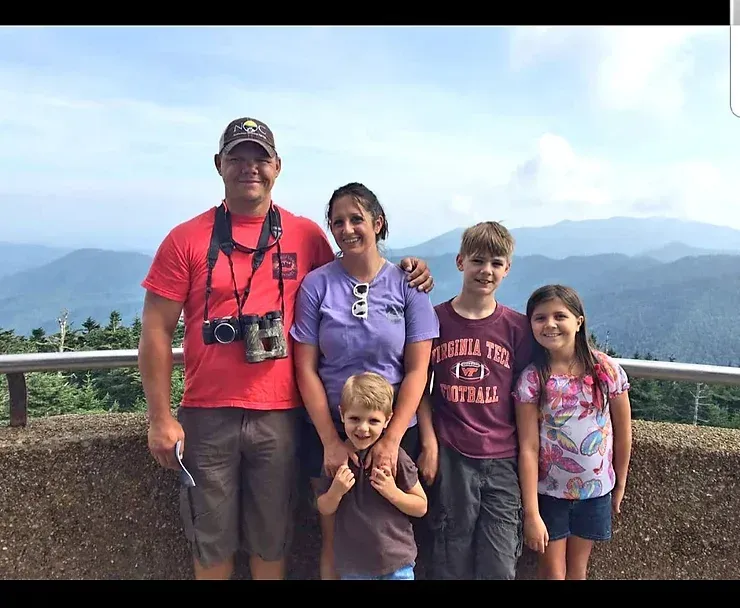
Jerry, Becca and their children
Jerry Smith is a professional firefighter and first responder. He is an ASHI certified Wilderness First Aid instructor for the Nolichucky Outdoor Learning Institute (NOLI). Upcoming WFA classes can be found at www.NoliLearn.org.

